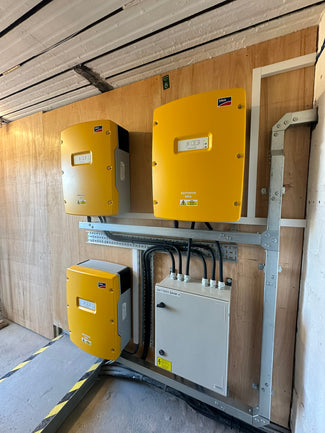
According to provisional data from the UK Department for Business, Energy and Industrial Strategy (BEIS), as of the end of May 2023 there is a total of 15.1 GW of solar capacity in the UK across 1,334,453 installations. This is an increase of 6.4% (911 MW) since May 2022. In absolute terms, this is the highest annual increase seen since December 2017.
From January to May, 479.5 MW of new PV systems were added, compared to 226.2 MW in the same period the previous year.
In May alone, around 60.2 MW of new capacity was recorded. Newly installed PV capacity in May 2022 was 49.3 MW, and in April of this year, new additions totalled 70.8 MW.
During May there were 11,242 new domestic installations, accounting for 82% of new installations. 2022 had seen nearly 112,000 domestic installations, the most in a calendar year since 2015.
Cumulative Capacity according to size of PV installation were:
| Size of PV Installation | Total Cumulative Capacity |
|---|---|
| < 4 kW | 3.38 GW |
| 4 - 10kW | 0.64 GW |
| 10 - 50 kW | 1.15 GW |
| 50 kW - 5 MW | 3.69 GW |
| 5 - 25 MW | 4.44 GW |
| > 25 MW | 1.8 GW |
Further statistics (including numbers installed in each parliamentary constituency) available from Gov.uk website here.
For comparison, the planned output of the Hinkley Point C nuclear power station is 3.2 GW. Construction of this began in March 2017. In February 2023, EDF announced that costs would rise to £32.7bn and operation would be delayed by a further 15 months to September 2028
















